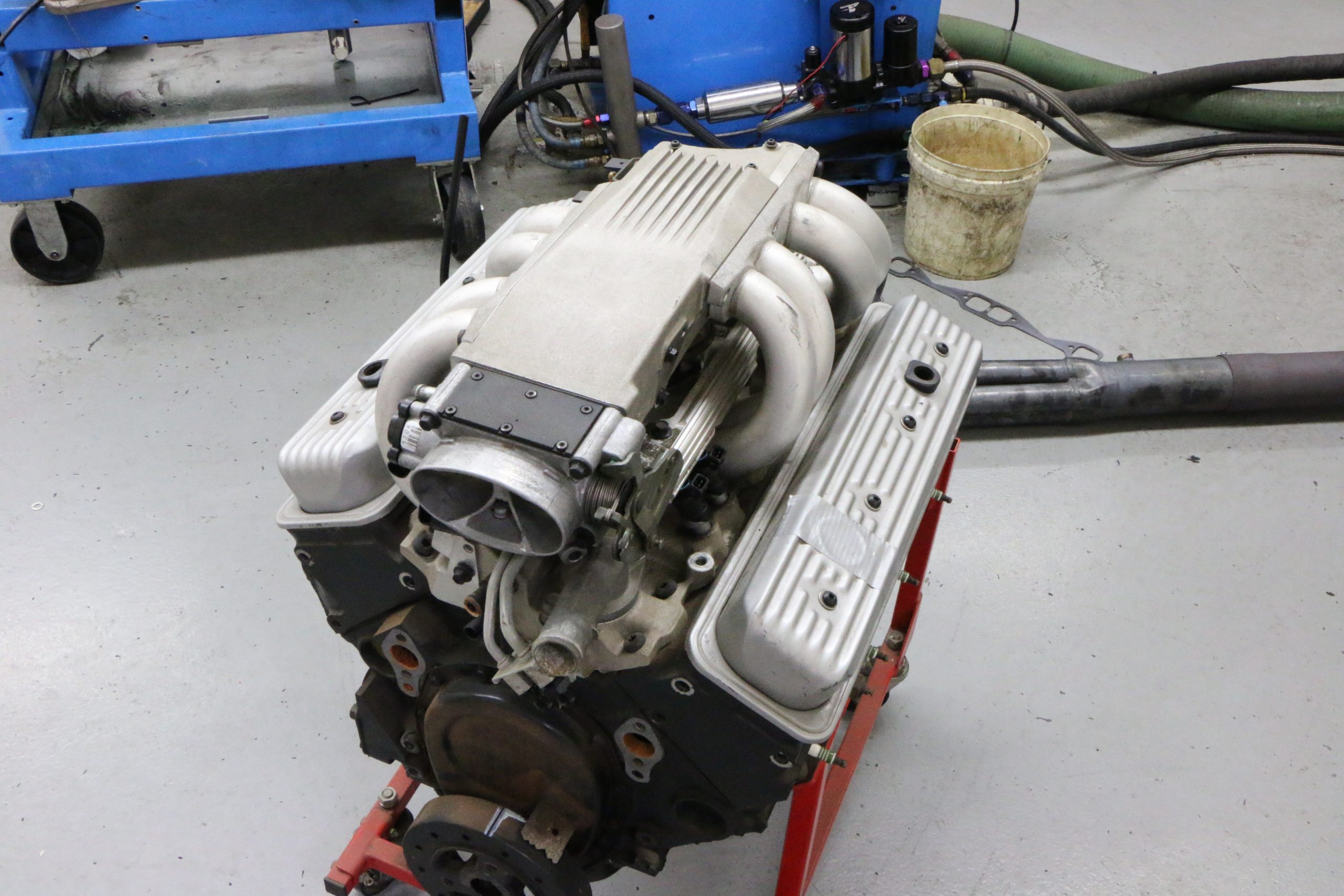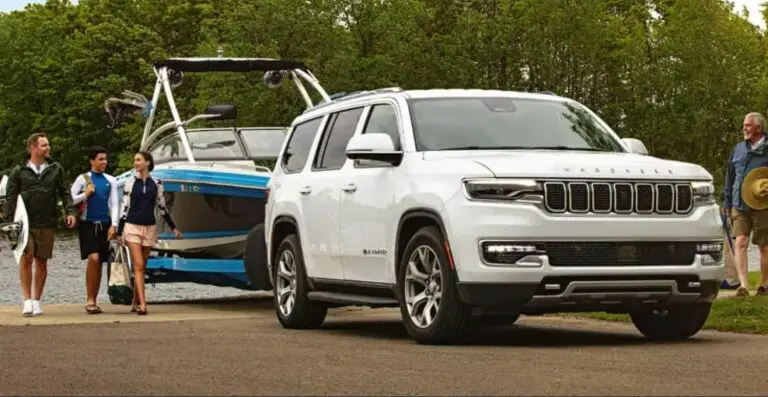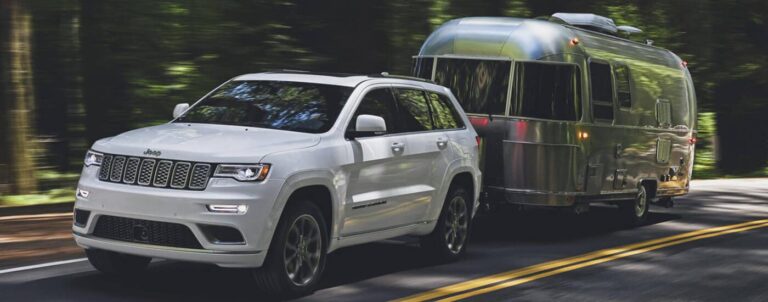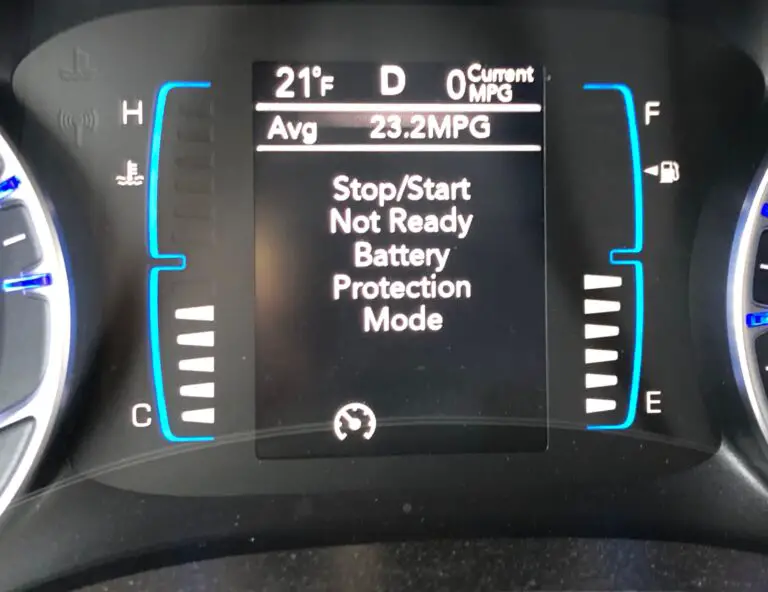Most Common Problems With Chevy 305: How to Fix?
The most common problems with Chevy 305 can be fixed by changing the plugs, wires, and coil, performing an oil change, and replacing or cleaning the air filter. If these steps do not solve the problem, cleaning the carburetor or adding fuel injector cleaner may be necessary.
Engine Friction
One of the most common problems with Chevy 305 engines is engine friction.
To fix this issue, you can change the plugs, wires, and coil, as well as perform an oil change and clean or replace the air filter.
If necessary, cleaning the carburetor or using a fuel system cleaner may also help resolve the problem.
Symptoms of Engine Friction Issues:
- Decreased engine performance and power
- Increased fuel consumption
- Overheating of the engine
- Loud and unusual engine noises
- Poor acceleration and sluggish response
Causes of Engine Friction:
- Lack of lubrication: Insufficient or deteriorated engine oil can lead to increased friction between moving parts.
- Worn-out components: Over time, various engine components such as piston rings, bearings, and camshafts can wear out, causing friction.
- Incorrect engine clearances: Improper clearance between engine parts, such as piston-to-cylinder or valve-to-valve clearance, can result in friction.
- Contamination: Dust, dirt, and other debris can enter the engine and cause friction between the moving parts.
How to Fix Engine Friction in a Chevy 305:
- Regular oil changes: Ensure that you change the engine oil as per the manufacturer’s recommendations. Use high-quality oil that meets the specifications of your Chevy 305.
- Replace worn-out components: If you notice any signs of wear on the engine components, such as piston rings or bearings, it is advisable to replace them promptly.
- Check engine clearances: Verify that the engine clearances are within the recommended specifications. If not, adjust them accordingly.
- Clean or replace air filters: Dirty or clogged air filters can restrict airflow, causing increased friction. Clean or replace the air filters regularly.
- Keep the engine clean: Regularly clean the engine and remove any dirt or debris that may cause friction.
- Use a proper fuel additive: Adding a fuel additive specifically designed to reduce friction can help lubricate the engine and reduce friction.
- Consult a professional: If the issue persists or if you are unsure about performing the repairs yourself, it is recommended to consult a professional mechanic for a thorough diagnosis and repair.
Remember, addressing engine friction issues promptly can help maintain the performance and longevity of your Chevy 305 engine.
Regular maintenance and inspections are the key to preventing and resolving these common problems.
Insufficient Airflow
One of the most common problems with Chevy 305 engines is insufficient airflow.
To fix this issue, you can try changing the plugs, wires, and coil, as well as cleaning or replacing the air filter.
If these solutions don’t work, cleaning the carburetor or seeking professional help may be necessary.
Signs Of Insufficient Airflow In A Chevy 305:
- Engine running rough or stalling at idle
- Reduced power and performance
- Overheating issues
- Excessive fuel consumption
- Black smoke coming out of the exhaust
Common Causes Of Inadequate Airflow:
- Clogged or dirty air filter: A dirty air filter restricts the amount of air entering the engine, resulting in insufficient airflow.
- Faulty or worn-out mass airflow sensor (MAF): The MAF sensor measures the amount of air entering the engine and sends this information to the engine control unit (ECU). A malfunctioning MAF sensor can lead to inaccurate air measurements and affect the engine’s performance.
- Faulty or damaged throttle body: The throttle body controls the airflow into the engine. If it is not functioning properly, it can limit the amount of air entering the engine, causing insufficient airflow.
- Intake manifold leaks: Leaks in the intake manifold can result in air leakage and reduce the amount of air reaching the engine.
- Blocked or restricted exhaust system: A clogged or restricted exhaust system can cause backpressure, limiting the airflow through the engine.
Solutions To Improve Airflow In A Chevy 305:
- Replace the air filter: Regularly replacing or cleaning the air filter can improve airflow and prevent debris from entering the engine.
- Clean or replace the mass airflow sensor: If the MAF sensor is dirty or faulty, cleaning or replacing it can help restore accurate air measurements and improve airflow.
- Clean the throttle body: Cleaning the throttle body can remove any built-up carbon deposits or debris, allowing for better airflow.
- Check for and repair any intake manifold leaks: Thoroughly inspect the intake manifold for any leaks and repair them if necessary to ensure proper airflow.
- Address any exhaust system issues: If the exhaust system is obstructed, have it checked and repaired to alleviate any back pressure and improve airflow.
By addressing the signs of insufficient airflow and tackling the common causes head-on, it is possible to improve the airflow in a Chevy 305 and enhance its overall performance.
Ignition Problems
If you’re experiencing ignition problems with your Chevy 305 engine, there are some common solutions.
Start by changing the spark plugs, wires, and coil. If that doesn’t resolve the issue, consider cleaning the air filter or carburetor.
Indications Of Ignition Problems In A Chevy 305
- Difficulty starting the engine: If you’re having trouble starting your Chevy 305 engine, it could be a sign of ignition problems.
- Engine misfires: If you notice your engine misfiring or running rough, it could be due to ignition issues.
- Poor fuel efficiency: Ignition problems can also lead to reduced fuel efficiency, causing you to spend more at the pump.
- Stalling or hesitation: Another indication of ignition problems is when your engine stalls or hesitates during acceleration.
Potential Reasons For Ignition Issues
- Worn spark plugs: Over time, spark plugs can become worn or fouled, leading to ignition problems.
- Faulty ignition coil: A faulty ignition coil can prevent the spark plugs from firing properly, causing ignition issues.
- Ignition module failure: If the ignition module fails, it can disrupt the spark delivery to the engine, resulting in ignition problems.
- Ignition switch malfunction: A faulty ignition switch can cause intermittent or complete failure of the ignition system, leading to ignition problems.
Techniques To Resolve Ignition Problems In A Chevy 305
- Replace the spark plugs: Regularly replacing worn or fouled spark plugs can help resolve ignition problems in your Chevy 305 engine.
- Check the ignition coil: Testing the ignition coil can help determine if it is functioning properly. If it is faulty, replacing it may solve the ignition issues.
- Test the ignition module: If you suspect a faulty ignition module, testing it with a multimeter can help diagnose the problem. If it is defective, replacing it is necessary.
- Inspect the ignition switch: If your ignition switch is malfunctioning, replacing it may be the solution to your ignition problems.
Remember, addressing ignition issues promptly can help prevent further damage to your Chevy 305 engine and ensure smooth and reliable performance.

Credit: www.onallcylinders.com
FAQs For Most Common Problems With Chevy 305
Is The 305 Chevy Engine Reliable?
The 305 Chevy engine is known for its reliability and is a popular choice among car enthusiasts.
How Much HP Can You Get Out Of A 305 Chevy Engine?
The horsepower output of a 305 Chevy engine can vary, but it typically ranges from 150 to 230 horsepower.
Can You Stroke A 305 Chevy?
Yes, you can stroke a 305 Chevy by changing the plugs, wires, and coil, replacing or cleaning the air filter, and cleaning the carburetor if applicable.
What Years Of 5.3 Are Bad?
The years of the 5. 3 engines that have had issues are not specified.
Conclusion
To fix the most common problems with the Chevy 305 engine, there are several steps you can take.
First, you should check the valves and adjust the rocker arm pivot bolts if necessary. After that, start the motor and perform a final compression check to ensure everything is working properly.
Other potential fixes include changing the plugs, wires, and coil, as well as cleaning or replacing the air filter.
If the engine still isn’t running smoothly, consider cleaning the carburetor or seeking professional assistance.
By addressing these issues, you can improve the performance and reliability of your Chevy 305 engine.
Remember to regularly maintain your vehicle to prevent future problems and extend its lifespan.
Don’t let these common issues hold you back from enjoying your Chevy 305 to its fullest potential.







